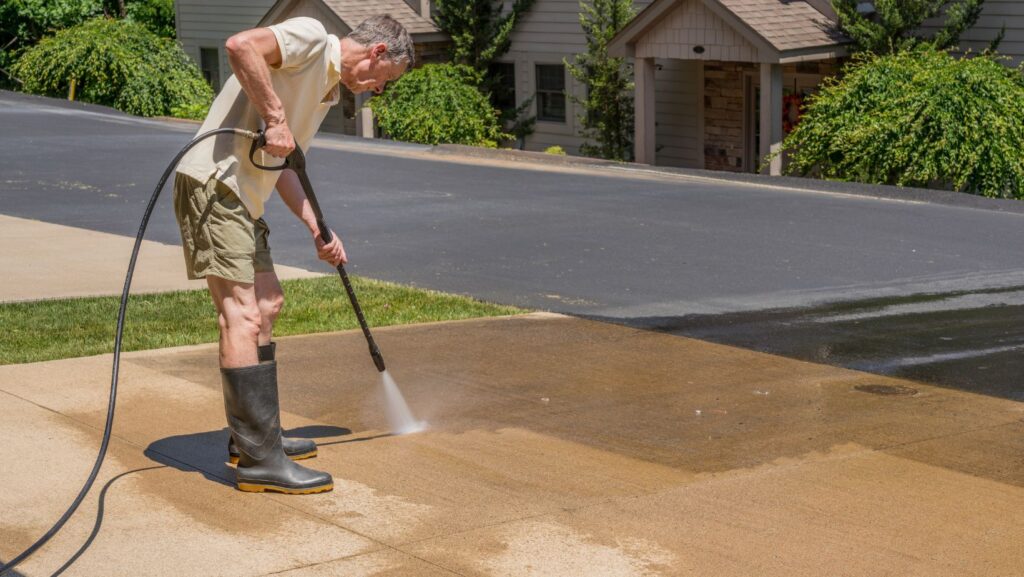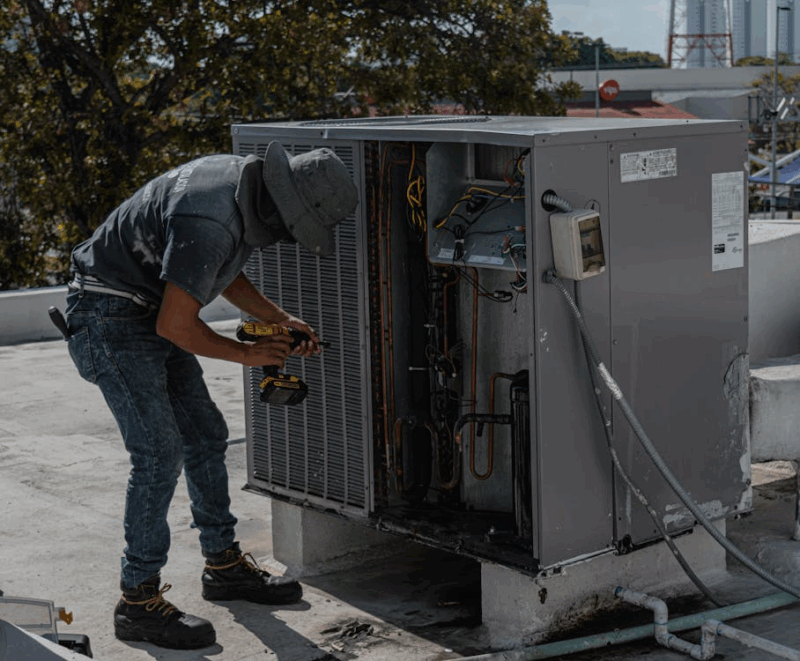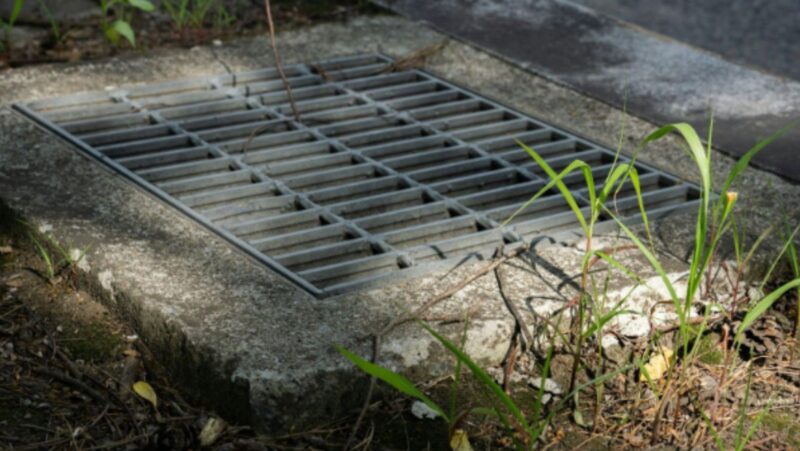
Over time, driveways can become a magnet for dirt, stains, and grime, making them look dull and neglected. Luckily, there’s an easy solution to bring back that fresh, clean look—pressure washing. With the right approach, you can remove years of buildup and restore your driveway to its former glory.
This article provides practical tips that’ll guide you through the process. Read on to make your concrete look brand new!
Research Different Pressure Washers
The key to a clean driveway is using the correct pressure washer. For lighter tasks, like removing dirt or small debris, electric pressure washers are a good option. If you’re dealing with tough stains, such as oil or grease, gas-powered models offer more power to tackle those difficult areas effectively.
When cleaning concrete driveways, a pressure washer with a PSI (pounds per square inch) between 3,000 and 4,000 works best. This range provides enough strength to clean thoroughly without damaging the surface. Lower PSI settings might not be strong enough to remove deep stains, while higher PSI levels can chip or harm the concrete.
Selecting the right pressure level is crucial for cleaning and protecting your driveway. Consider seeking the help of a professional pressure washing service, such as Platinum Pressure Washing. These experts can assess your driveway’s condition and recommend the best pressure washer.
Clear the Area
Before starting your pressure washing project, remove any obstacles from the driveway. Clearing away items like cars, outdoor furniture, toys, or plants ensures you have an open space to work in and helps prevent accidental damage.
After clearing the space, protect the surrounding areas that could be affected. Use plastic sheeting or tarps to cover nearby plants, windows, and doors. While concrete can handle the pressure, the forceful spray can damage more delicate surfaces.
Impact power washing is a highly effective cleaning method that uses high-pressure water streams to remove dirt, grime, mold, and other contaminants from surfaces such as siding, decks, driveways, and sidewalks. It enhances the appearance and longevity of surfaces by deep cleaning and preventing the buildup of damaging substances.
These steps make the job easier and help safeguard your property. They also help ensure a smoother and safer cleaning process.
Pre-Treat Stains Before Washing
Stains, such as oil, grease, or rush, can be challenging to remove from concrete. Pre-treating these stains before pressure washing will help break the grime and make cleaning easier.
To pre-treat oil or grease stains, use a degreaser or a specialized concrete driveway cleaner. Apply the concrete detergent directly to the stain and let it sit for about 15-20 minutes to allow it to penetrate the surface. For rust stains, you can use a concrete remover to dissolve the discoloration.

After letting the surface cleaner sit for the recommended time, scrub the area with a stiff-bristle brush to loosen the stain. This step will ensure that when you pressure wash the driveway, the stains lift more easily.
Use the Correct Pressure Washing Technique
To get better results when pressure washing your driveway, ensure you use the correct technique. Start by holding the nozzle at a slight angle, around 45 degrees, and keep it about 12 inches from the concrete. This distance prevents damage and enhances your home’s curb appeal by delivering a thorough cleaning.
Work in small sections instead of cleaning the entire driveway at once. Move the nozzle in smooth, overlapping strokes, like mowing a lawn. This will ensure even coverage and help avoid streaks.
Be extra careful around edges, corners, and cracks. These areas can be more fragile, and the high pressure could cause them to chip or break if you get too close. Keeping a reasonable distance is key to protecting these spots while cleaning effectively.
Rinse and Repeat if Necessary
After pressure washing the entire driveway, rinse the surface well to remove any leftover dirt, debris, or cleaning solution. This step removes everything, leaving the concrete clean and ready for inspection.
Check the driveway while it’s wet to ensure you haven’t missed any spots. If you find areas that are still dirty or stained, repeat the washing process on those sections to get better results.
Inspecting and re-cleaning any stubborn spots will ensure your driveway looks its best. This extra step makes all the difference for a spotless, fresh surface.
Let the Driveway Dry Completely
Once you’re done power washing, let the driveway dry completely before using it again. Wet concrete can be slippery, so avoid walking or driving on it. Drying time can vary depending on the weather and might take a few hours or even a whole day.

If you plan to seal the concrete, ensure the driveway is fully dry before applying a concrete sealer. This will help protect the concrete surface from future stains, water damage, and wear, making it a smart option after a deep clean.
Waiting for the driveway to dry ensures the best results, whether you’re sealing it or just enjoying the clean surface. A little patience at this stage will lead to better long-term protection and appearance.
Practice Regular Maintenance
Pressure washing keeps your driveway looking clean, but regular maintenance will help prevent dirt and stains from building up. Sweeping the driveway removes leaves, dirt, and other debris that can lead to unwanted stains. This simple habit can keep your driveway looking fresh between deeper cleans.
It’s also essential to handle spills or oil stains quickly. If oil or grease spills happen, clean them up immediately. Quick action can prevent these substances from soaking into the concrete, which makes future concrete cleaning easier.
With regular upkeep and prompt spot cleaning, you can reduce the frequency of pressure washing. This will help keep your driveway looking its best throughout the year.
Conclusion
Pressure washing is a highly effective way to restore your driveway and keep it looking fresh. Following the above tips will enable you to tackle dirt, stains, and grime, ensuring your concrete remains in top shape. Remember to choose the right equipment, use proper techniques, and take the time to protect delicate areas around your driveway. With a little effort and attention, you’ll enjoy a spotless driveway that enhances your home’s curb appeal for years.



